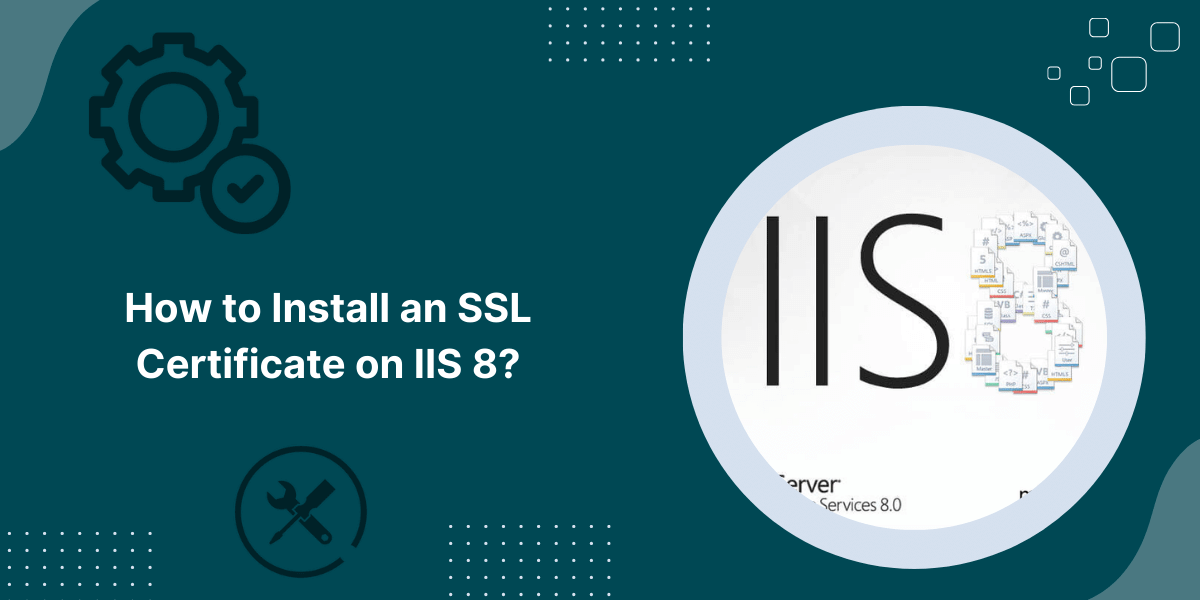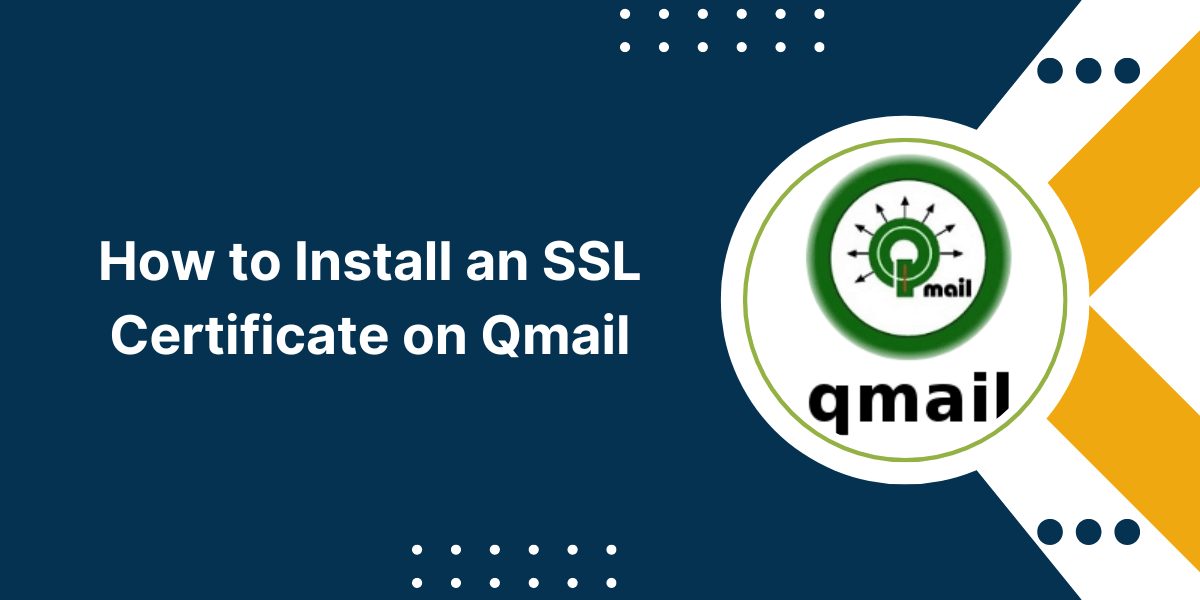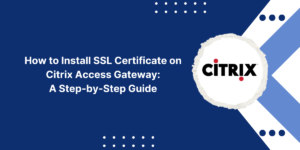JBoss SSL Installation Guide with Easy Steps
Enabling TLS on web servers through the use of SSL certificates is essential for any organization handling sensitive data or looking to reassure customers. JBoss Application Server, a widely used open-source Java application server, supports installing SSL certificates to enable HTTPS encryption for websites and applications. Knowing how to install SSL certificate in JBoss properly is key to securing web traffic and applications.
This guide will walk through the end-to-end process of procuring or generating a certificate, preparing JBoss to use SSL, binding the certificate to a connector, and testing secure connections. Proper SSL certificate installation and configuration in JBoss is crucial for deploying secure sites and applications.
Key Takeaways
- JBoss supports installing SSL certificates to enable HTTPS and secure web communications.
- The main steps involve obtaining or generating a certificate, configuring JBoss to use SSL, and binding the certificate to a connector in the server configuration.
- Common certificate types like self-signed, private CA, and public CA issued certificates can be used with JBoss.
- After installing the certificate, test that the site loads securely over HTTPS without errors.
- Proper certificate validation, trust chain establishment, and keystore protections are vital for secure HTTPS deployment.
Prerequisites Before Installing an SSL Certificate on JBoss Application Server
Before starting the SSL installation process, you should have:
- JBoss Application Server installed and running. These steps apply to JBoss EAP and WildFly.
- Access and permissions to modify JBoss configuration files.
- Basic understanding of PKI, SSL/TLS, and certificate concepts.
- Certificate authority for obtaining SSL certificate if not using self-signed.
5 Easy Steps to Install SSL Certificate in JBoss Server
Learn how to securely enable HTTPS on your JBoss server. Follow these 5 simple steps to Install SSL Certificate in JBoss.
- Obtain or Generate an SSL Certificate
- Enable HTTPS Connector in JBoss
- Install SSL Certificate in Keystore
- Start JBoss Server
- Test HTTPS Connection
Step #1 Obtain or Generate an SSL Certificate
The first step is to acquire a valid X.509 SSL certificate from a trusted certificate authority or generate your certificate. Here are some common options:
Buy from a Public CA like Comodo, DigiCert
Purchasing a certificate from a commercial CA like Comodo or DigiCert provides the highest level of trust. The CA will validate your identity and issue a trusted certificate.
Use an Internal Private CA
Large enterprises often run their internal certificate authority to issue server and client certificates. You can request an SSL certificate from your private CA.
Create a Self-Signed Certificate
Self-signed certificates can be quickly generated and are ideal for testing. However, they will trigger trust warnings as a trusted CA does not issue them.
Here is how to generate a self-signed certificate using the Java keytool commands:
keytool -genkeypair -alias jbosscert -keyalg RSA -keystore jbosscert.jks
You will be prompted to set the certificate fields, such as the Common Name (domain name) and validity period. The certificate and private key will be stored in the jbosscert. ks keystore file.
Make sure the certificate is in X.509 format for compatibility with JBoss. Now you have a certificate ready to install.
Step #2 Enable HTTPS Connector in JBoss
JBoss must be configured to enable HTTPS connections before installing the SSL certificate. This involves setting up a secure connector in the server configuration file standalone.xml or domain.xml.
- Open the JBoss configuration file, typically at standalone/configuration/standalone.xml
- Find the existing HTTP connector and port binding:
<socket-binding name="http" port="8080"/>
<http-listener name="default" socket-binding="http" redirect-socket="https"/>
- Add an HTTPS connector like the one below, using a different port like 8443:
<socket-binding name="https" port="8443"/>
<https-listener name="default-ssl" socket-binding="https" security-realm="ssl-realm"/>
- Declare a new security realm for SSL:
<security-realm name="ssl-realm">
<server-identities>
<ssl>
<keystore path="jbosscert.jks" relative-to="jboss.server.config.dir" keystore-password="mypassword" alias="jbosscert" key-password="mypassword"/>
</ssl>
</server-identities>
</security-realm>
This binds the keystore containing the certificate to the realm. Make sure to reference the correct keystore path and credentials.
- Save the JBoss configuration file after adding the connector and realm.
JBoss is now ready to handle SSL connections, which are pending certificate installation.
Step #3 Install SSL Certificate in Keystore
Now, the certificate obtained earlier needs to be imported into a Java keystore file that JBoss will consume during startup.
Here are the steps to install the certificate:
- Convert to JKS format: The certificate may be in another format like PEM or PFX. Use the keytool command to convert it to JKS for Java:
keytool -importcert -file cert.pem -keystore jbosscert.jks -alias jbosscert
- Import to New Keystore: If you have the certificate file, import it into a new JKS store:
keytool -import -file cert.crt -keystore jbosscert.jks -alias jbosscert
Enter the keystore password when prompted.
- Import Private Key: For the key tool import to work, you need both the certificate and matching private key file:
keytool -importkeystore -srckeystore cert.pfx -srcstoretype pkcs12 -destkeystore jbosscert.jks -deststoretype JKS
- Verify Contents: Inspect the keystore contents to validate that the import was successful:
keytool -list -keystore jbosscert.jks
This will display the certificate chain and confirm the alias matches the server configuration.
The certificate is now installed in the JBoss keystore.
Step #4 Start JBoss Server
With the keystore populated, SSL connector enabled, and realm configured, you can start or restart JBoss.
During startup, JBoss will read the keystore file configured in standalone.xml. It will load the SSL certificate and associate it with the HTTPS connector.
Use the standard commands to start or restart your JBoss instance – standalone.sh or domain.sh scripts on Linux or standalone.bat/domain.bat on Windows.
The server log will confirm the certificate is loaded on startup. JBoss is now ready to handle SSL traffic.
Step #5 Test HTTPS Connection
Verify that you can access the application securely over HTTPS:
- Open the browser and visit https://yourdomain:8443
- Confirm there are no SSL errors or warnings
- Test functionality to ensure the application works over HTTPS
- Try accessing the HTTP site – this should redirect to HTTPS
If you went that route, you may need to trust the self-signed certificate. Also, check that HTTP requests are redirected to HTTPS based on the configuration.
This validates that SSL is working as expected with the installed certificate.
Best Practices for SSL Certificates on JBoss
Here are some best practices to follow when configuring SSL on JBoss for optimum security:
- Validate Domains: The certificate should match the domain name accessed by clients.
- Use Trusted CAs: Third-party certificates provide the highest trust over self-signed.
- Manage Expiry: Track certificate expiry dates and renew well in advance.
- Protect Keys: Store private keys securely with limited access.
- Confirm Trust Chain: Clients must trust root and intermediate CAs in the chain.
- Use Strong Ciphers: Enable only strong cipher suites like AES-256 or SHA-2.
- Monitor for Issues: Watch server logs for any SSL handshake errors.
- Keep Updated: Follow news of TLS vulnerabilities and upgrade as needed.
- Use Automation: Automate certificate issuance, deployment, and renewal where possible.
Final Thoughts
Installing and configuring SSL certificates is crucial for securing JBoss applications and providing trusted HTTPS access. Following the steps outlined in this guide, you can obtain a valid certificate, configure the SSL connectors in JBoss, install the certificate into a Java keystore, and bind it to the server. Understanding how to install SSL certificate in JBoss properly is key to enabling HTTPS traffic. Proper validation, trusted CAs, key protection, and renewal processes are also vital for robust SSL deployment. Test rigorously to ensure traffic is encrypted without errors. With a proper SSL certificate installation, you can securely deliver your JBoss apps over HTTPS and provide end users with data protection and trust.
Frequently Asked Questions
What keystore types can I use with JBoss for SSL certificates?
JBoss requires the Java Keystore (JKS) format for importing SSL certificates and keys. Other formats, such as PEM, PFX, and PKCS12, need to be converted to JKS first using the key tool.
Can I use a certificate chain with JBoss?
Yes, you can install a full certificate chain, including the site certificate, intermediate CA certificates, and root CA certificate, into the JBoss keystore. JBoss will send the full chain to clients to establish trust.
How do I generate a CSR to request a certificate?
Use the keytool command to generate a certificate signing request (CSR) to submit to a certificate authority:
keytool -certreq -keyalg RSA -alias jbosscert -keystore jbosscert.jks -file jbosscsr.csr
This will create a CSR file to send to the CA to request a signed certificate.
Can I use an encrypted private key with JBoss?
JBoss supports encrypted private keys through the key-password attribute on the <ssl> element. Make sure to enter the password protecting the private key during startup.
What is the recommended key size and signature algorithm?
Use a minimum RSA key size of 2048 bits or an ECC key size of 256 bits. Use a strong signature algorithm like SHA256WithRSA or SHA256withECDSA.
What happens if the SSL certificate expires on JBoss?
If the SSL certificate expires, clients will see trust errors and be unable to access the application over HTTPS. Make sure to renew and replace certificates before their expiry date.
How can I troubleshoot SSL handshake errors in JBoss?
Check the JBoss server logs for any SSL handshake errors. Common issues are incorrect domain names, untrusted certificates, revocation problems, or weak ciphers. Tailing the logs during SSL connection attempts can help identify and debug the problem.
Is SSL renegotiation supported in JBoss?
Yes, JBoss does support SSL renegotiation, which allows the client and server to renegotiate the SSL session for security purposes. However, care should be taken to prevent vulnerability to denial-of-service attacks.
Can I require client certificates for mutual authentication?
JBoss provides the SSL-required attribute to enforce client certificates. Add this to the HTTP listener along with a trust store containing trusted certificates. Now, clients must authenticate using a valid certificate.

Priya Mervana
 Verified Web Security Experts
Verified Web Security Experts
Priya Mervana is working at SSLInsights.com as a web security expert with over 10 years of experience writing about encryption, SSL certificates, and online privacy. She aims to make complex security topics easily understandable for everyday internet users.



